SOURCE: RAUNAK KUNDE / NEWS BEAT / IDRW.ORG
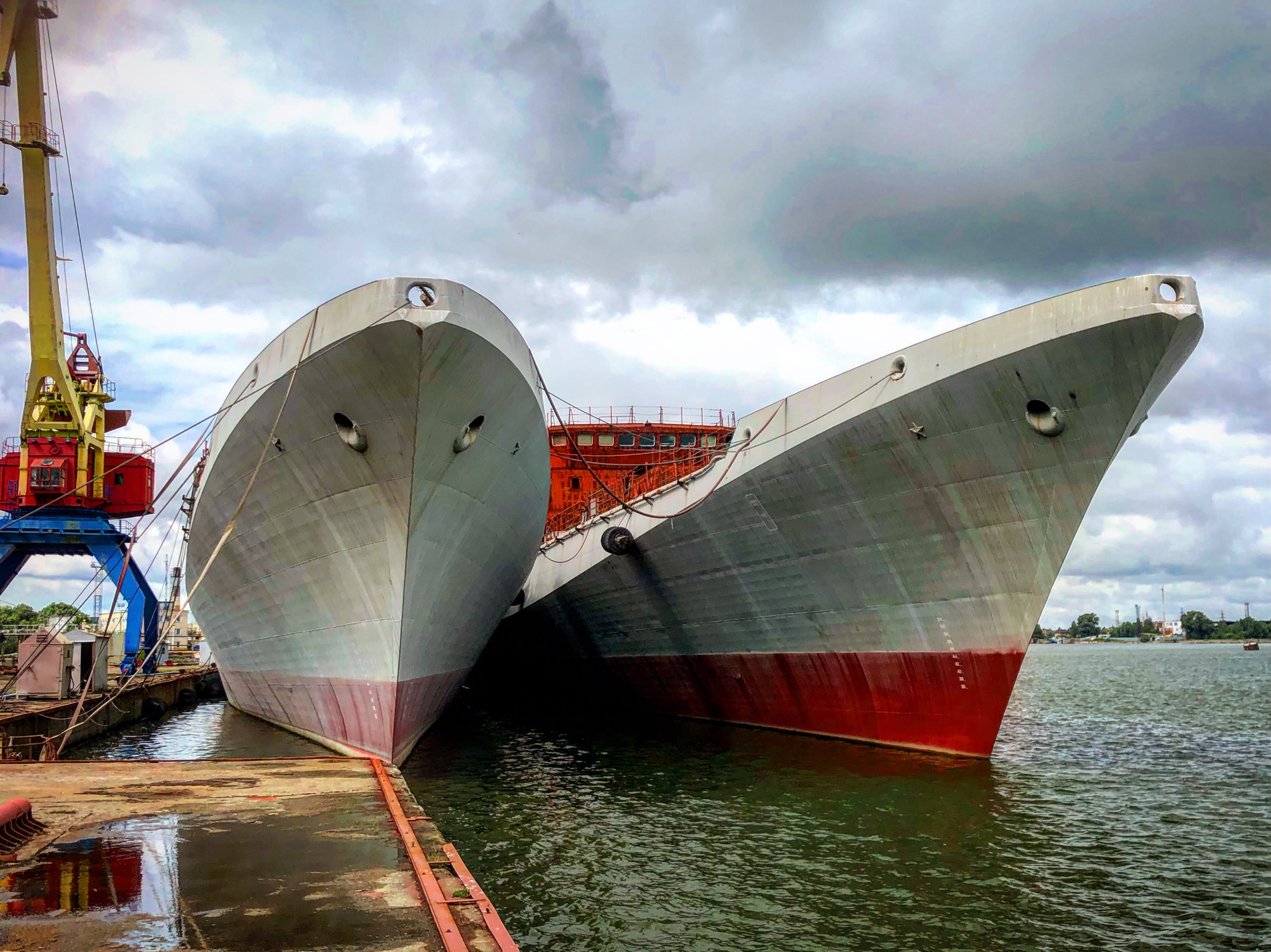
The ongoing conflict in Ukraine has cast a shadow over the delivery of two Krivak-class stealth frigates, also known as Talwar-class, which were under construction for the Indian Navy in Russia. According to Alexey Rakhmanov, the Director-General of the United Shipbuilding Corporation of Russia, these frigates are now expected to be delivered by May and October 2024, respectively.
This delay is a further setback to the Indian Navy’s long-standing efforts to bolster its naval capabilities. The story of these frigates is entwined with geopolitical developments that have unfolded over the years.
The journey of these warships began when India sought to procure them after Ukraine refused to supply engines for the Russian Navy’s vessels following Russia’s annexation of Crimea in 2014.
SOURCE: RAUNAK KUNDE / NEWS BEAT / IDRW.ORG

India’s Air Force (IAF) operates a fleet of Advanced Light Helicopters (WSI) and Light Combat Helicopters (LCH), each playing a pivotal role in the nation’s air defence strategy. To equip these helicopters with the necessary air-to-air missile capabilities, the MISTRAL WVR Air-to-Air Missiles are a requirement. Embracing the principles of the Atmanirbhar Bharat (self-reliant India) initiative, there is a growing need to manufacture these advanced missiles within the country.
To achieve this goal, the proposal is to produce MISTRAL WVR Air-to-Air Missiles for ALH (WSI) and LCH helicopters, following the “Make III” procedure outlined in Chapter III of the Defense Acquisition Procedure 2020 (DAP 2020). The initial phase will encompass the production of ten missiles, with a projected quantity of approximately 100 units.
Continue readingSOURCE: IDRW.ORG TEAM
:quality(70)/cloudfront-us-east-1.images.arcpublishing.com/archetype/S6SVEVXUJVC3VN7CFAVPNHUDPI.jpg)
The recent AUKUS arrangement, a trilateral security partnership between Australia, the United States, and the United Kingdom, has generated significant attention for its primary focus on submarine technology development. However, for India, a country keen to bolster its naval capabilities, the doors to AUKUS do not seem to be opening as hoped. While AUKUS has firmly ruled out the possibility of India’s participation in submarine technology collaboration, diplomatic sources suggest there might still be room for broader technology cooperation under a different pillar of engagement.
India has been actively seeking access to the latest in nuclear submarine technology, primarily for its strategic interests in the Indo-Pacific region. While India had not planned an outright purchase of American nuclear attack submarines, it aimed to secure assistance from the United States in advancing its own indigenous nuclear-powered ballistic missile submarine (SSBN) program. The objective was to bridge the technology gap between India’s submarine capabilities and those of major players like the United States.
Continue readingSOURCE: IDRW.ORG TEAM

Dabolim, Goa, known for its pristine beaches and lush landscapes, is also home to a hidden gem that attracts history enthusiasts and aviation aficionados alike – the Naval Aviation Museum. Situated adjacent to the INS Hansa Naval base, this museum is set to become even more captivating as it prepares to welcome a new addition, the second vintage Ilyushin 38SD Sea Dragon.
This intriguing aircraft, recently retired from operational service, will soon find its place of honor among the exhibits at the Naval Aviation Museum in Dabolim. It’s a significant milestone for the museum, which had previously added a similar vintage aircraft to its collection in March 2020.
Continue readingSOURCE: RAUNAK KUNDE / NEWS BEAT / IDRW.ORG

In a significant development, Safran Aircraft Engines, a global leader in aero engine design, has partnered with the Defense Research and Development Organisation (DRDO) in India to jointly develop a powerful 110kN high-thrust engine for the upcoming Advanced Medium Combat Aircraft (AMCA) Mk2. This collaborative effort not only marks a major milestone in indigenous defence production but also paves the way for advanced capabilities in India’s fighter jet programs.
Under this groundbreaking partnership, Safran Aircraft Engines has committed to ensuring that all components of the new high-thrust engine will be locally manufactured in India. This commitment aligns with the “Make in India” initiative and showcases a strong dedication to fostering domestic production capabilities. Additionally, both countries will share joint intellectual property rights (IPR), emphasizing a mutually beneficial collaboration.
Continue readingSOURCE: RAUNAK KUNDE / NEWS BEAT / IDRW.ORG
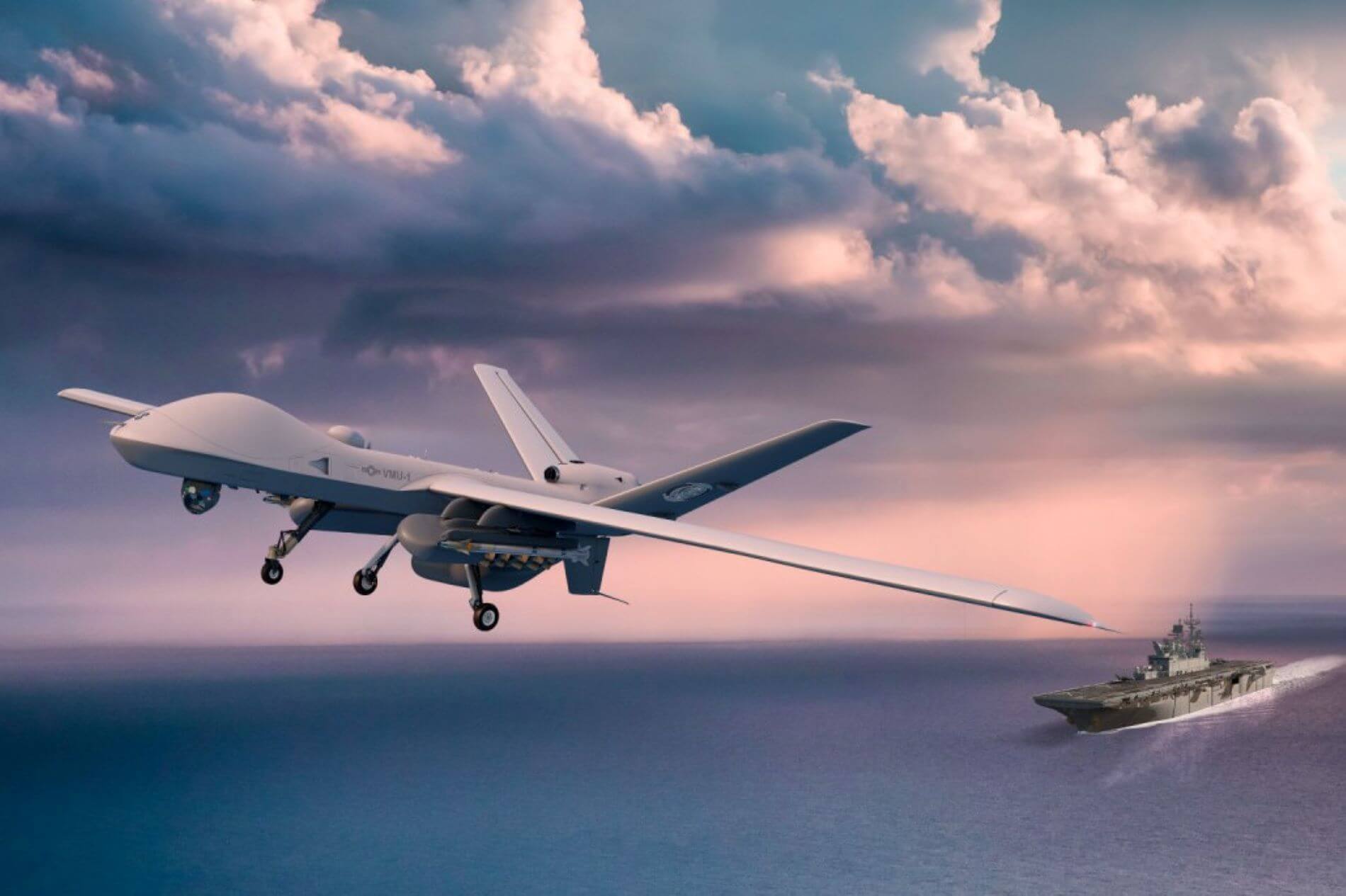
In a noteworthy development, the Indian Navy has submitted a substantial proposal to the Ministry of Defence, urging approval for the production and procurement of a second indigenous aircraft carrier. The Navy intends to recommend the project to Cochin Shipyard Limited, a move that signifies the nation’s commitment to strengthening its maritime capabilities. The Ministry of Defence is set to convene soon to evaluate and sanction the Navy’s proposal.
The second indigenous aircraft carrier, known as IAC-II, will undergo modifications to facilitate the deployment of Unmanned Combat Aerial Vehicles (UCAVs) and High-Altitude Long Endurance (HALE) Unmanned Aerial Vehicles (UAVs). These advanced aircraft are currently under development in collaboration with the Defence Research and Development Organization (DRDO) and will possess Short-Takeoff and Landing (STOL) capabilities. These unique aircraft can take off in as little as 586 feet and execute short landings within just 335 feet.
Continue readingSOURCE: RAUNAK KUNDE / NEWS BEAT / IDRW.ORG

India’s esteemed state-owned aerospace and defence company, Hindustan Aeronautics Limited (HAL), is embarking on a significant endeavour that promises to reshape the country’s military aviation capabilities. HAL is currently at the forefront of two groundbreaking helicopter programs: the Indian Multi-Role Helicopter (IMRH) designed for the Indian Air Force and Indian Army, and the Deck-based Multi-Role Helicopter (DBMRH) tailored for the Indian Navy. These ventures are expected to secure approximately 400 orders, ensuring the sustained operation of production lines well into 2045.
The IMRH program is poised to adopt an innovative approach by implementing the Special Purpose Vehicle (SPV) model, where private sector companies will hold a substantial stake in the newly formed entity. Production of the IMRH is scheduled to commence in 2031, initially producing six units annually. This rate will progressively increase to 12, 24, and eventually 30 units per year from 2035 onwards, with this pace maintained until 2044.
Continue readingSOURCE: IDRW.ORG TEAM

The Indian Navy, Twin-Engine Deck-Based Fighter (TEDBF) program is currently undergoing significant design modifications, primarily aimed at aligning it with the Indian Navy’s requirements for a fifth generation “minus,” that is just shy of being classified as 5th gen. While these developments are well underway, it has reignited a pertinent debate within the defense circles of why the Indian Air Force (IAF) is not considering procuring an Air Force variant of the TEDBF. This debate has raised questions about potentially saving time and cost for the nation, sparing the Exchequer from the considerable financial strain required to fund foreign exchange reserves worth nearly $20 billion.
The TEDBF program, led by the Aeronautical Development Agency (ADA), was initially intended to cater to the Navy’s need for a 26-ton Medium class deck-based fighter jet. ADA went a step further by offering to develop an Air Force variant, sans naval landing gears and featuring a hardened rear fuselage, aptly named ORCA. The proposed ORCA variant, boasting a maximum takeoff weight of approximately 23.5 tons, could have placed it in the same league as the formidable Rafale fighter jet. This proposed design, which featured more potent engines and a near-stealth configuration, had the potential to be a game-changer.
Continue readingSOURCE: IDRW.ORG TEAM
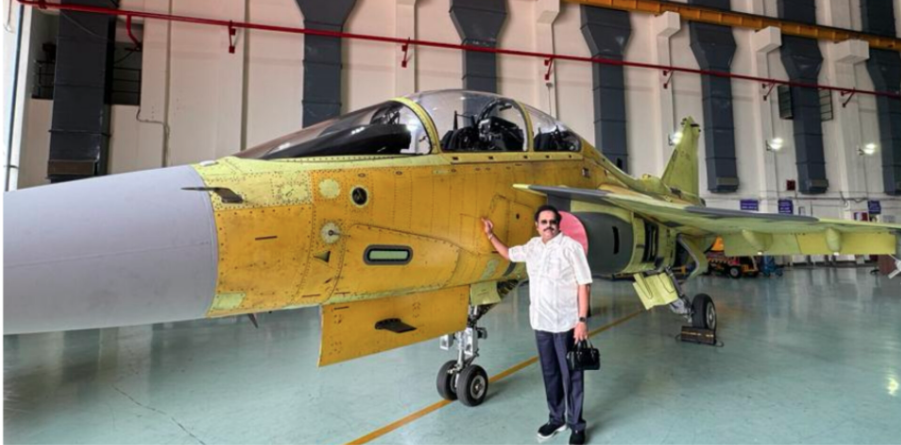
Members of the Standing Committee on Defense made a significant visit to Bangalore, engaging in discussions with representatives from Hindustan Aeronautics Limited (HAL) on the topic of “Modernization of Defense Public Sector Undertakings.”
During their visit, the Members of Parliament had the opportunity to witness several key developments within HAL. Notably, they observed the readiness of the third two-seat LCA Tejas fighter, designated LT-5203. Additionally, the second two-seat LCA Tejas fighter, LT-5202, was observed, seemingly prepared for upcoming deliveries.
Continue readingSOURCE: RAUNAK KUNDE / NEWS BEAT / IDRW.ORG
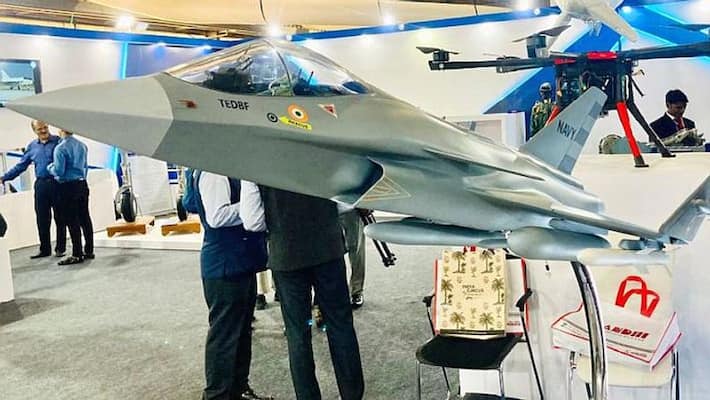
On the sidelines of the decommissioning ceremony of the last IL-38SD Sea Dragon Long Range Maritime Reconnaissance aircraft from operational service at India’s largest naval aviation base, INS Hansa, Chief of Naval Staff, Admiral R Hari Kumar, made an important announcement. He revealed that the prototype of the Twin Engine Deck Based Fighter (TEDBF), designed to operate from Indian Navy aircraft carriers, is set to be completed within the next four to five years.
The TEDBF represents a pivotal leap in India’s naval aviation endeavours. It is designed as a canard delta wing, twin-engine, carrier-based, multirole combat aircraft and is currently under development by the Aeronautical Development Agency (ADA). The manufacturing process for this cutting-edge aircraft will be handled by Hindustan Aeronautics Limited (HAL), a premier Indian aerospace and defence company.
Continue readingSOURCE: RAUNAK KUNDE / NEWS BEAT / IDRW.ORG

The Indian government is turning to the country’s private sector for the development of small gas turbines with thrust capabilities of 40 and 80 Kgf (Kilogram-force) for an upcoming Lottery ammunition program. These engines are envisioned as single-shaft turbine jet engines featuring a one-stage radial compressor, radial and axial diffuser, annular combustion chamber, one-stage axial turbine, and outlet nozzle.
In comparison, the Gas Turbine Research Establishment (GTRE) that developed the STFE engine, boasts a thrust capacity of 425 Kgf. This engine is intended for use in a 1-ton subsonic cruise missile program.
Continue readingSOURCE: RAUNAK KUNDE / NEWS BEAT / IDRW.ORG
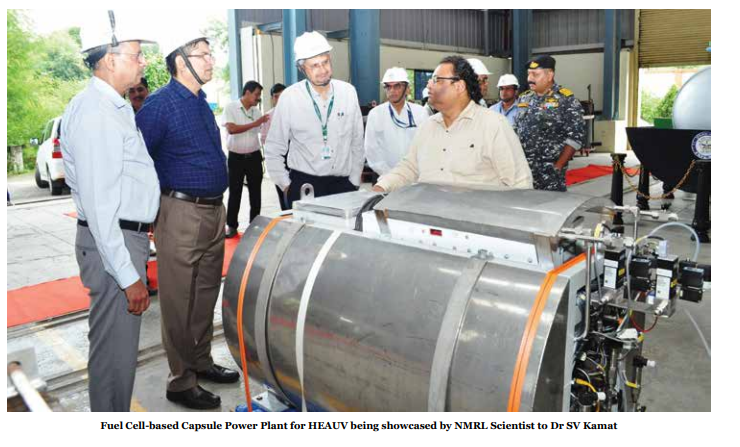
In a significant development for India’s naval capabilities, Dr. SV Kamat, Secretary of Defense Research and Development (DD R&D), and Chairman of the Defense Research and Development Organization (DRDO), recently paid a visit to the Naval Materials Research Laboratory (NMRL) in Ambernath. The primary purpose of this visit was to assess the progress of various projects undertaken by NMRL, with a particular focus on the ‘Fuel Cell-Based Air Independent Propulsion System (AIP) for Indian Naval Submarines.’
Dr. Kamat was warmly welcomed by Shri PT Rojatkar, OS & Director of NMRL, and the visit began with a comprehensive briefing on the status of the AIP program, as well as updates on other ongoing projects. The respective project teams provided detailed presentations, shedding light on the significant milestones achieved in these vital defence initiatives.
Continue readingSOURCE: IDRW.ORG TEAM

The integration of the Kaveri engine into the Light Combat Aircraft (LCA) Tejas has been a long-anticipated project, and while it’s in the works, it seems that the road ahead is still quite lengthy. The Defense Research and Development Organisation (DRDO) has given the green light for limited flight trials involving an older LCA-Tejas LSP aircraft with the Kaveri engine. However, before we see this in action, several crucial steps and challenges lie ahead.
One of the critical requirements for integrating the Kaveri engine into the Tejas is the development of an afterburner module. The current Kaveri engine, in its dry form, lacks this essential component. The integration testing will have to wait until this afterburner module is ready, and it is expected that it won’t be before 2026 that the module gets the final certification.
Continue readingSOURCE: IDRW.ORG TEAM
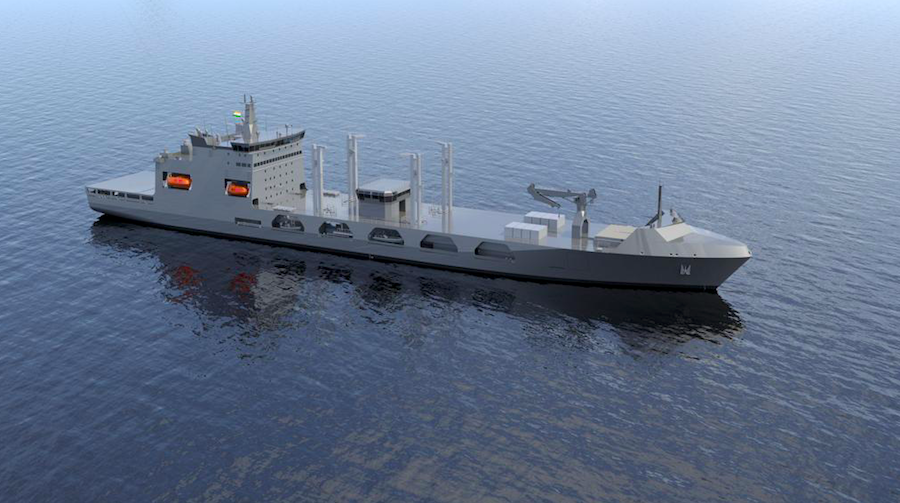
Hindustan Shipyard Limited (HSL), a state-owned shipyard based in Visakhapatnam, is set to enhance the capabilities of the Indian Navy’s Fleet Support Ships (FSS) with the deployment of the advanced Electronic Warfare (EW) System ‘Shakti.’ Developed by the Defence Electronics Research Laboratory (DLRL) in Hyderabad, a laboratory under the Defence Research and Development Organisation (DRDO), the Shakti EW system is designed to provide essential capabilities for the interception, detection, classification, identification, and jamming of both conventional and modern radar systems.
The Shakti EW system represents a significant advancement in electronic warfare capabilities, offering a crucial layer of defense against modern radars and anti-ship missiles. Its primary goal is to ensure electronic dominance and survivability in the challenging maritime battlefield environment. This state-of-the-art system will replace the earlier generation EW systems currently in use by the Indian Navy.
Continue readingSOURCE: AFI
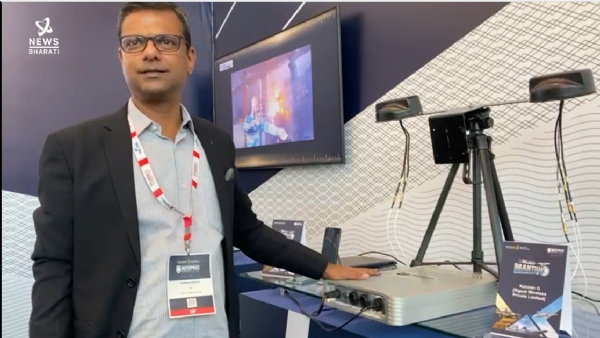
Big Cat Wireless, an innovative leader in 5G technologies, has joined forces with Forge, a dynamic incubator, to embark on a groundbreaking project aimed at transforming the strategic digital communication systems of the Indian Navy. This partnership emerged following Big Cat Wireless’ success in the iDEX DISC 8 Challenge, where they were recognized as one of the winners.
In 2019, the Indian Navy conducted the Theater Level Operational Readiness Exercise (TROPEX), a massive endeavor designed to evaluate the combat readiness of its naval units. This complex exercise involved the participation of over 50 ships, submarines, aircraft, and ground forces. It was a rigorous test of the Navy’s operational capabilities, highlighting the critical role of effective communication systems in coordinating operations seamlessly.
Continue reading